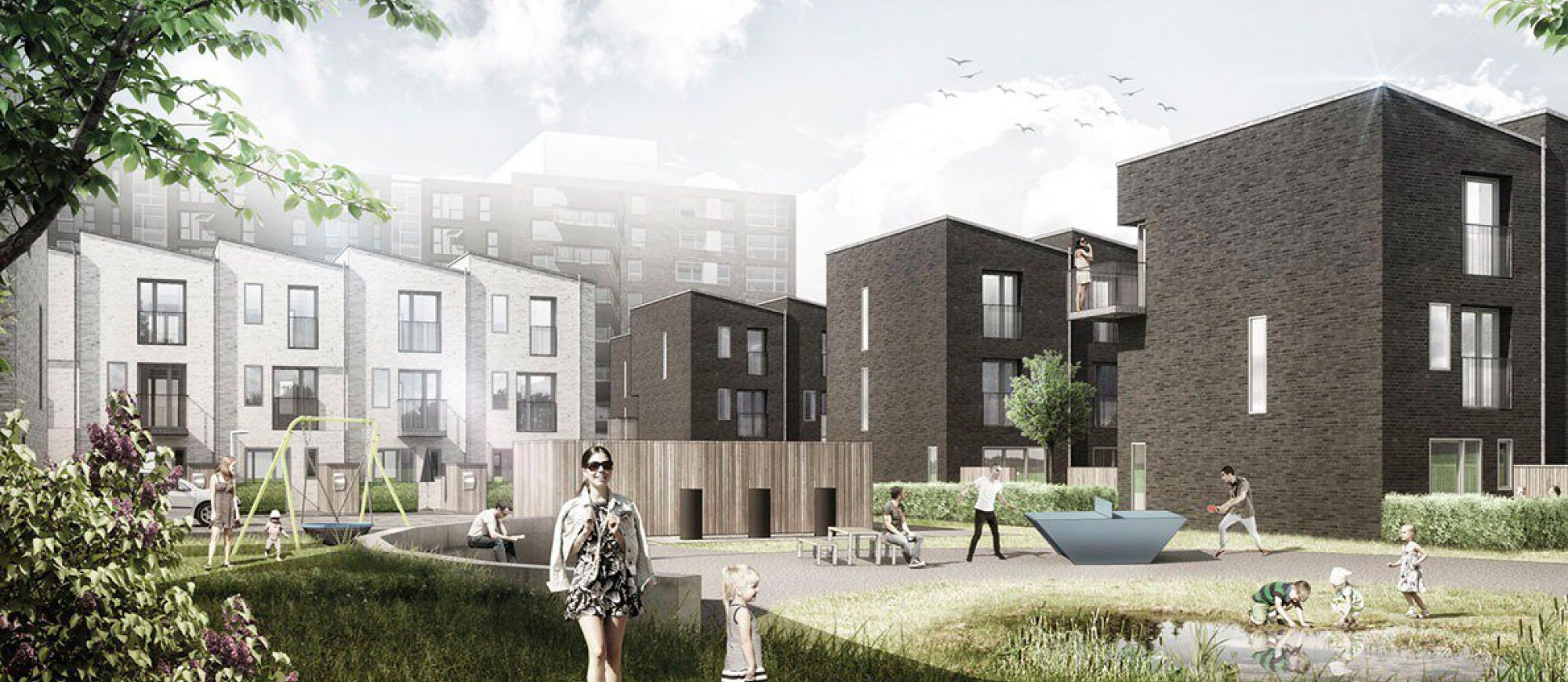The world is urbanising and fast. More than 55% of the global population live in towns and cities, according to the United Nations. With another 2.5 billion people likely to move to urban areas by 2050, this proportion will rise to 68%.
We need our cities to accommodate this growth. But we cannot let modern urban growth come at the expense of the environment. Building more homes, schools, shops, and hospitals cannot threaten our wildlife, parks and other protected natural spaces.
Denmark is showing us the way forward. Copenhagen is already one of the world’s most sustainable cities. More than half of the city’s population cycle to work or school. With the expiration of current contracts this year, its buses are having to switch from diesel to electric. Since 2010, Copenhagen has mandated that all new buildings have eco-friendly roofs.
As a result, the city took the title of “European Green Capital” back in 2014 and appears on track to become the world’s first carbon-neutral capital by as early as 2025.
Looking at the new neighbourhood of Bellakvarter, which is situated in the heart of Ørestad – itself a fast-developing district of Copenhagen on the island of Amager – the district is an up-and-coming area full of residential and commercial projects, schools, cafes, playgrounds, gyms, parks, golf club, hotel, and a conference centre.
Solstra’s Oscar Crohn explained, “We saw a great opportunity to rejuvenate what was once an unappreciated area of the city. We realised we could build a new neighbourhood centred around both the Bella Centre – a major exhibition and conference centre – and the striking Bella Sky hotel – the largest in Scandinavia.
Much of the newest architecture in the Bella Centre is made using recycled material. Even the water in the Bellakvarter’s canals and lakes is sustainably sourced, from a sophisticated rainwater management system.
Copenhagen is living breathing proof that urban development need not clash with nature. Even as it grows, the city is limiting its environmental impact. Europe’s other cities should take note.
Information provided by: https://www.neweurope.eu




